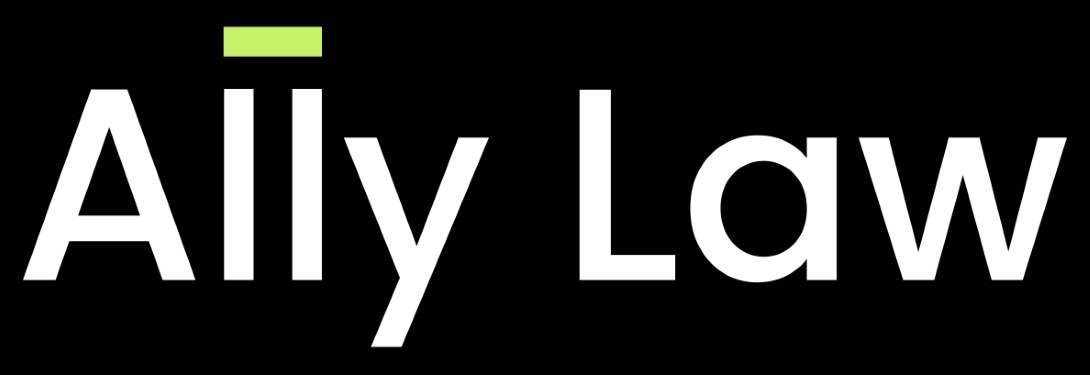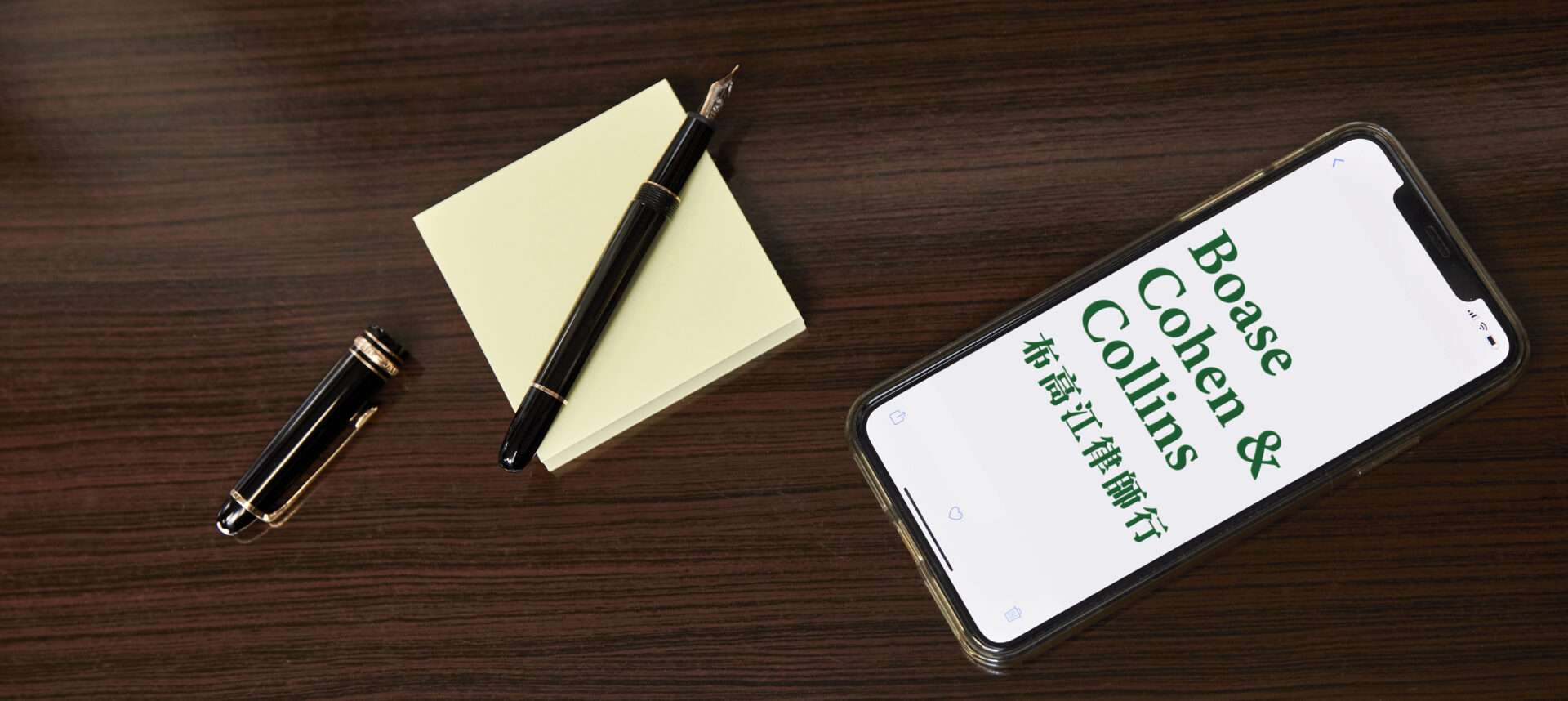By Susan Cheung and April Kong
Hong Kong, 23 March 2021: A furore which led to the termination of an art exhibition in Guangzhou last month serves as a timely reminder of the significance of copyright law.
The exhibition featured a cartoon character called Rabbitduck, created by Feng Feng, a professor at the city’s Academy of Fine Arts. He claimed his project was inspired by a famous 19th century drawing, known as the “rabbit-duck illusion”, subsequently noted by both philosopher Ludwig Wittgenstein and psychologist Joseph Jastrow, in which a single image portrayed both animals.
But Rabbitduck bore striking similarities to Miffy, a well-known cartoon character created by late Dutch artist Dick Bruna almost 70 years ago. In fact, critics observed Rabbitduck was basically Miffy with a duckbill. Still, the professor defended his work, saying he had created a “new species” and that he considered all public symbols as works that artists could use to make art.
Mercis BV, the Amsterdam-based company which manages Bruna’s copyrights worldwide, stepped in and held discussions with Feng, the gallery and exhibition curator. All parties released a joint statement saying they had “reached a settlement to amicably resolve the copyright disputes”.
While there was no direct admission that Feng had infringed copyright, the statement said he had “voluntarily handed over all the disputed works with Miffy images to Mercis BV”, the exhibition had closed and all parties had “agreed to permanently cease to exhibit or commercialize the disputed works with Miffy images now and in the future”.
In light of this case, it is worth noting that in Hong Kong, copyright is an automatic property right granted to authors of the creative works from the time the work is created. Registration of the artwork is not required here. In general, copyright protection lasts for the lifetime of the author plus 50 years after death.
The Copyright Ordinance (Cap. 528) came into effect on 27 June 1997 (the “Ordinance”). It incorporates a substantial part of the United Kingdom Copyright, Designs and Patents Act 1988. In general, copyright only subsists if the work:-
- (1) is original;
- (2) is recorded, in writing or otherwise;
- Falls within any of the following descriptions of work:-
- (a) Literary, dramatic, musical or artistic works;
- (b) Sound recordings, films, broadcasts or cable programmes; or
- (c) The typographical arrangement of published editions; and
- Is created by an author who satisfies the qualification requirements; or is published in Hong Kong or elsewhere; or in the case of a broadcast or cable programme, is made or sent from Hong Kong or elsewhere.
The Ordinance does not define “original”, but case law indicates that originality does not mean the work must be the expression of original or inventive thought. The originality which is required relates to the expression of the thought. It does not require that the expression must be in an original or novel form, but that the work must not be copied from another work, i.e. the work should originate from the author. In other words, copyright subsists in the form in which the ideas are expressed.
The steps to be taken to find whether there has been substantial copying of an artistic work were summarized in the House of Lords case of Designers Guild Ltd v Russell Williams (Textiles) Ltd.
- The first step is to identify the features of the defendant’s design which the plaintiff alleges have been copied from the copyright work.
- The Court will conduct a visual comparison of the two designs, paying attention to the similarities and the differences.
- The purpose of the examination is not to see whether the overall appearance of the two designs is similar. It is the Court’s focus to see whether the particular similarities relied on are sufficiently close, numerous or extensive to be more likely to be the result of copying than of coincidence.
- Similarities may be disregarded if they are commonplace, unoriginal, or consist of general ideas.
- If the plaintiff demonstrates sufficient similarity, not in the works as a whole but in the features which he alleges have been copied, and establishes that the defendant had prior access to the copyright work, the burden shifts to the defendant to satisfy the Court that they did not result from copying.
As previously discussed, copyright is an automatic property right in Hong Kong, so there are no formalities required to obtain copyright protection for a work here. Works of authors from any place in the world, or works first published anywhere in the world, also qualify for copyright protection in Hong Kong.
However, before commencing proceedings in Hong Kong, one should consider if it is the appropriate forum. In the case of Rabbitduck and Miffy – subsequently resolved without litigation – mainland China would have been the most appropriate forum, given that the exhibition was in Guangzhou and there was no clear connection with Hong Kong.
Finally, it should be noted that it is relatively harder to establish grounds for copyright infringement compared to trademark infringement in Hong Kong. Therefore, if it is an identifiable image such as Miffy, it is always advisable where possible to register it as a trademark in Hong Kong as well.
Main image: A Miffy display at Beijing’s international airport.
Susan Cheung, a Partner in BC&C since 2016, heads the firm’s growing Intellectual Property practice, where she focuses on trademarks, designs, patents and copyright, while she also handles civil and commercial litigation, information technology matters and trade secrets. She can be contacted at susan@boasecohencollins.com.
April Kong is an Associate with BC&C. Her main practice areas include both contentious and non-contentious probate and estate administration matters, mentally incapacitated persons matters, and intellectual property matters, while she also has extensive experience in civil & commercial litigation, and matrimonial practice. She can be contacted at April@boasecohencollins.com.



